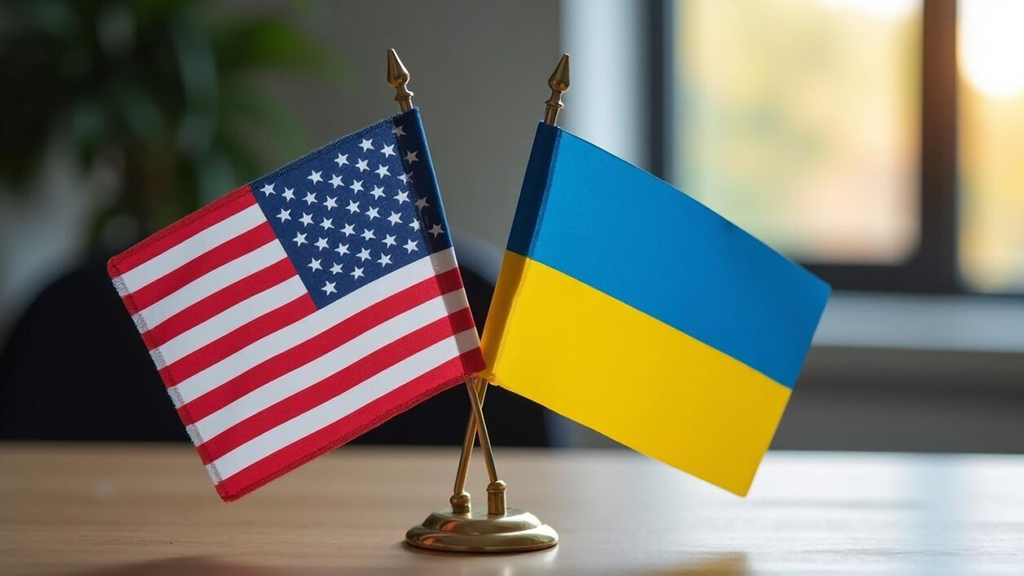

July 19, 2021: -On Wednesday, the Organization of Petroleum Exporting Countries (OPEC) arrived at a deal after a two-week standoff over its future oil production levels, according to reports by the Wall Street Journal and Reuters.
The temporary but unprecedented gridlock that started in July saw the United Arab Emirates reject a coordinated plan for oil production for the group spearheaded by its kingpin, Saudi Arabia.
Abu Dhabi demands that its own “baseline” for crude production the maximum volume it’s recognized by OPEC as being able to produce be raised because this figure then notices the size of production cuts and quotas it must follow as per the output agreements of the group.
Members cut a similar percentage from their baseline, so having a higher baseline would permit the UAE a greater production quota.
The UAE called for its baseline to be increased from 3.2 million barrels a day to 3.8 million barrels a day. According to sources cited by the Wall Street Journal, the compromise reached amid Saudi Arabia and its smaller neighbor will introduce the UAE’s baseline to 3.65 million barrels per day from April 2022.
The initial agreement supported by most OPEC delegates set out a plan for the group to collectively bring production up nearly 400,000 barrels of crude per day monthly through to the end of 2022.
This would end the remaining limits set in the spring of 2020, as economic recovery and growing demand for oil have purchased crude prices up to their highest level since 2018.
Read the full report from The Wall Street Journal here.








© THE CEO PUBLICATION 2021 | All rights reserved. Terms and condition | Privacy and Policy